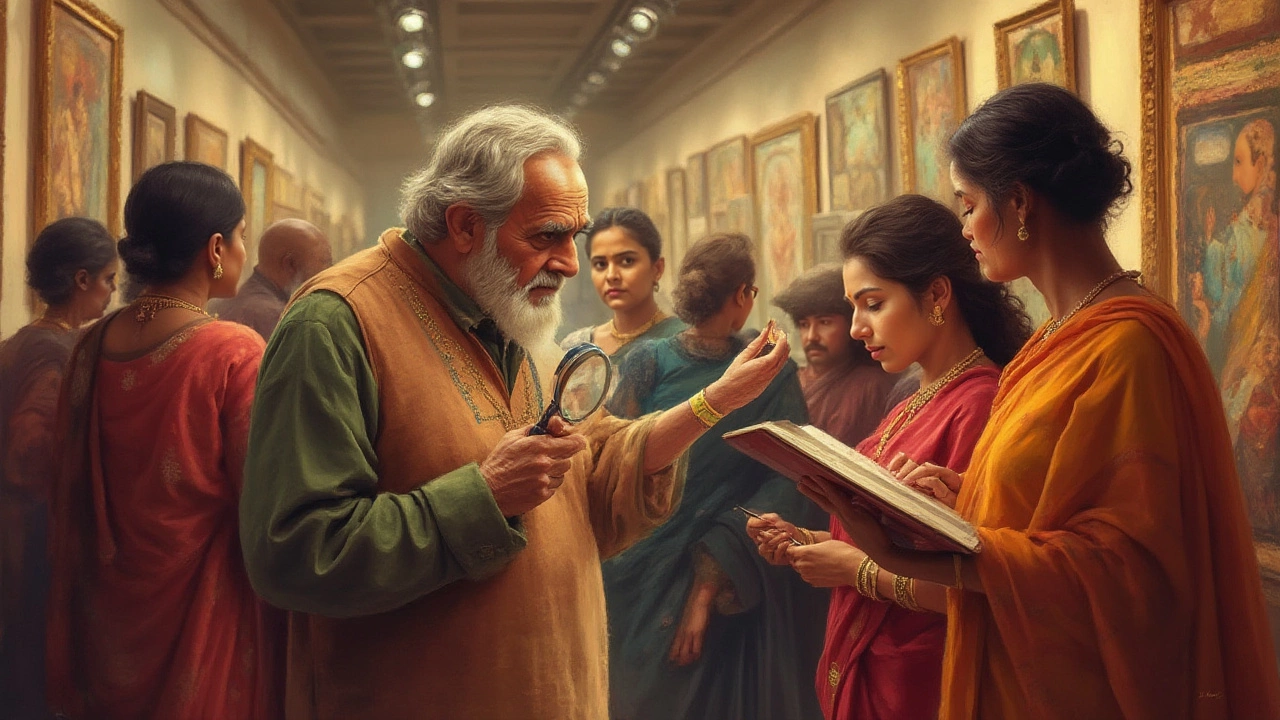Original Painting: How to Know It’s Real and Why It Matters
When you walk into a gallery or browse online, you’ll see countless images of art. Not all of them are originals, though. An original painting is a work created directly by the artist’s hand, not a copy, print, or digital reproduction. Knowing the difference can save you money, protect your collection, and give you the joy of owning a true piece of creativity.
First off, original paintings carry a story. The canvas, the brush strokes, even the tiny imperfections are part of the artist’s process. Those details disappear in prints. That’s why collectors and lovers of art chase originals – they want that personal connection.
Key Signs of an Authentic Original
Look at the surface. Original works usually have visible texture from paint layers. A smooth, flat finish often means it’s a print or a digitally printed replica. Feel the canvas if you can; thick, tactile paint is a good clue.
Check the signature. Most artists sign the back of the canvas or in a corner. The signature should match known examples of the artist’s hand. If you’re unsure, compare it with images from reputable sources.
Examine the provenance – the ownership history. A solid chain of custody, documented sales receipts, or gallery labels add credibility. Artists, galleries, and auction houses typically keep records, and they can be verified online or through a specialist.
Watch for materials. Older originals often use oil on canvas, while contemporary artists might use acrylic or mixed media. The type of canvas, wood panel, or paper can hint at the era and authenticity. If the materials seem too modern for the claimed date, that’s a red flag.
Preserving and Buying Original Paintings
Before you buy, get a professional opinion. Art appraisers, conservators, or experienced dealers can spot subtleties that casual eyes miss. Their reports add legitimacy and can affect the piece’s resale value.
Once you own an original, protect it. Keep it away from direct sunlight, extreme humidity, and temperature swings. Use UV‑filtering glass if you frame it, and consider climate‑controlled storage for high‑value works.
Buying online? Use platforms that offer authenticity guarantees, detailed images, and return policies. Ask for high‑resolution photos of the back, close‑ups of the signature, and any certificates of authenticity.
Finally, enjoy the experience. Owning an original painting means you’re part of the artwork’s ongoing story. It’s not just a decorative piece; it’s a conversation starter, a piece of cultural heritage, and a personal reminder of why art matters.
